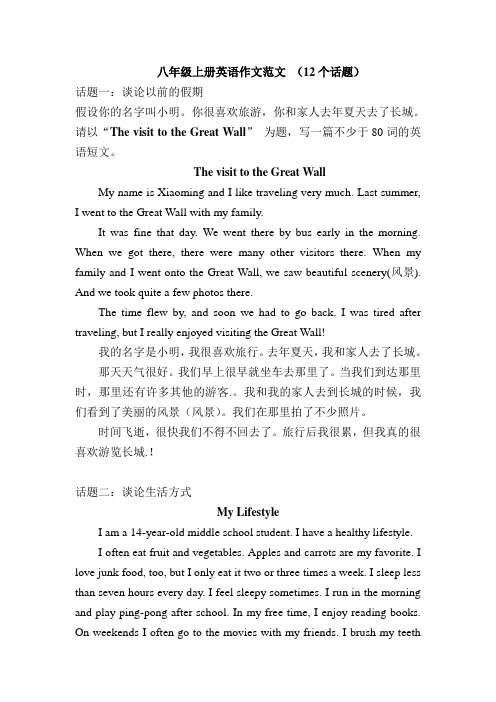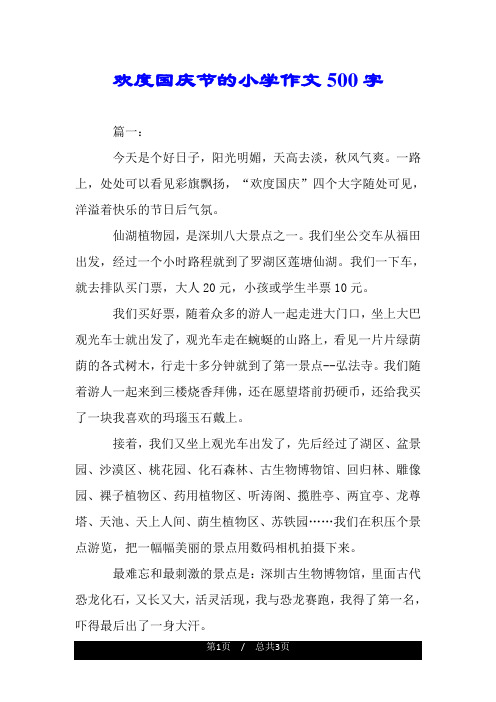劳动教育英语作文(劳动教育英语写作)
Labor education plays a crucial role in the comprehensive development of students. It is not only about acquiring knowledge from textbooks but also about learning through practical activities. In this essay, we will delve into the significance of labor education, its benefits, and how it can be implemented effectively.

I. Significance of labor education
Labor education helps to cultivate a sense of responsibility and self-reliance among students. For example, when students participate in campus cleaning, they learn to take care of their environment and understand the value of hard work. It also promotes teamwork and cooperation. In group projects like gardening or building a small structure, students have to work together, communicate effectively, and share responsibilities. This experience teaches them how to collaborate with others, which is essential in both personal and professional life. Moreover, labor education connects students with the real world. It gives them a better understanding of how things are made and the effort behind products and services they use daily. It breaks the barrier between theory and practice, making learning more meaningful.
I
I. Benefits of labor education
Firstly, it improves physical health. Engaging in labor activities involves physical exercise, which enhances students' fitness and stamina. For instance, farming activities require students to dig, plant, and water, which exercises their muscles and keeps them active. Secondly, labor education boosts mental health. When students complete a task through their own efforts, they gain a sense of accomplishment and self-esteem. It also relieves stress from academic pressures as students focus on something practical and creative. Thirdly, it fosters creativity. In tasks like craft making or cooking, students can experiment with different materials and methods, unleashing their creative potential. Lastly, labor education helps develop practical skills that are useful in life, such as cooking, sewing, and basic carpentry. These skills empower students to be more independent and capable of handling everyday situations.
II
I. Implementation of effective labor education
Schools should design a comprehensive labor education curriculum. This can include a variety of activities such as agricultural projects where students can grow vegetables and learn about plant growth cycles. Industrial workshops can be set up for simple manufacturing processes like making paper or small wooden items. Domestic chores like cleaning and organizing can also be part of the curriculum. Teachers play a critical role in guiding students. They should provide clear instructions, safety precautions, and encourage students to ask questions and think critically about the tasks. Collaboration with parents is also important. Parents can support labor education at home by assigning age-appropriate chores and involving children in family projects like home repairs or cooking. The community can offer resources for labor education as well. Local farms can welcome students for hands-on learning, and businesses can provide internships or job-shadowing opportunities. For example, a local bakery can show students how bread is made from scratch, giving them practical insights.

In conclusion, labor education is an indispensable part of students' growth. It brings numerous benefits in physical, mental, and skill aspects. By implementing effective strategies involving schools, teachers, parents, and the community, we can ensure that students receive a well-rounded labor education and become responsible, creative, and capable individuals in society.
更多精彩》



